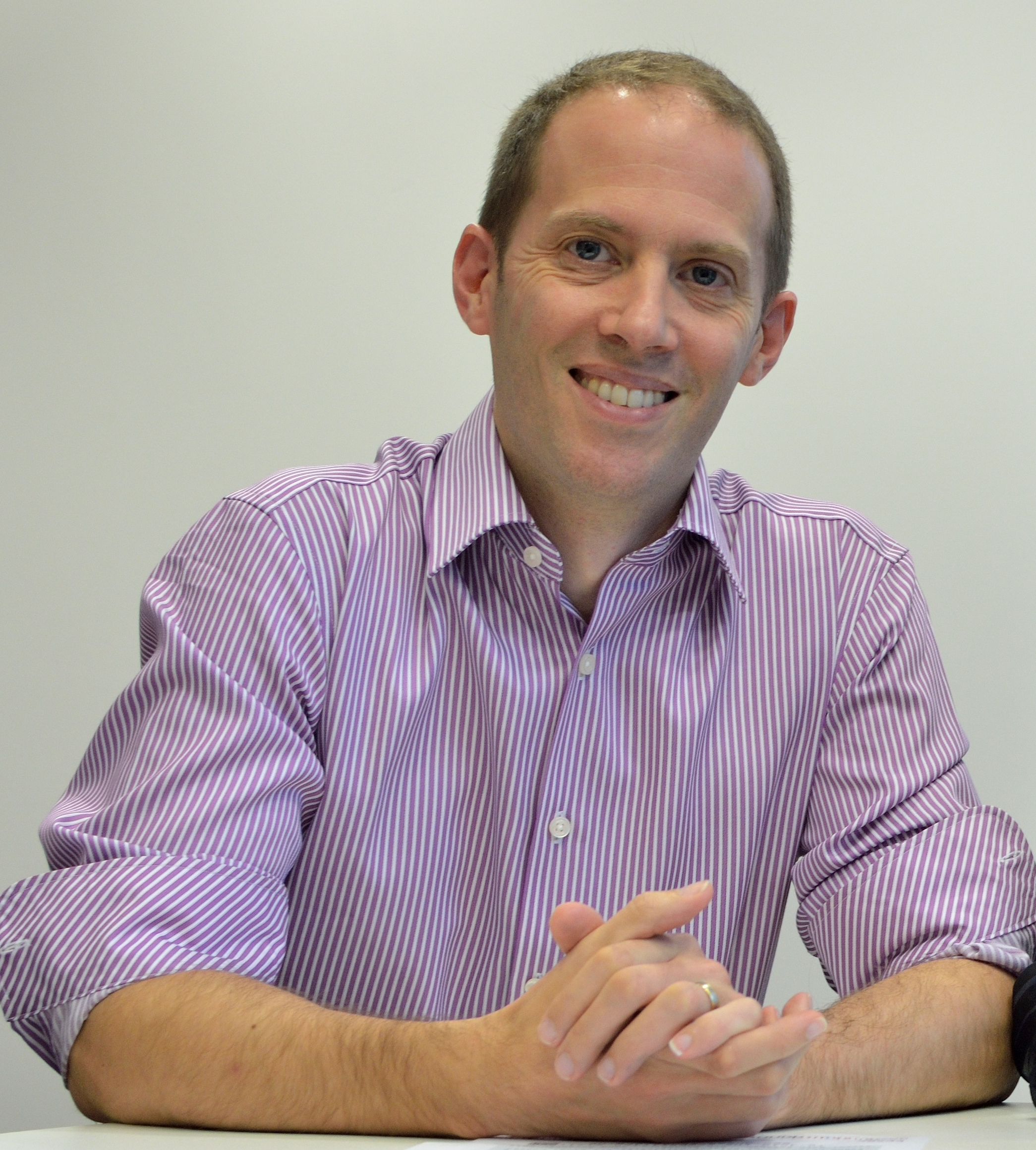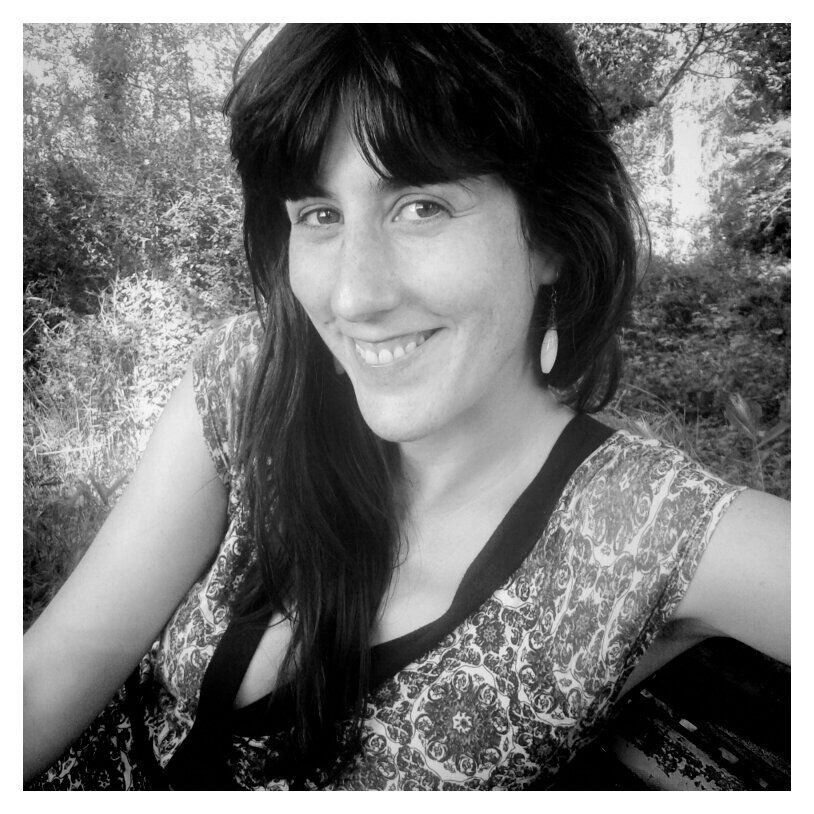The NHS performs about 100,000 total knee arthroplasty (TKA) or knee replacement operations a year, and the number is growing fast. TKA involves replacing the patient’s own knee joint with an artificial one, largely made of metal. The success rate is high, but 20 per cent of patients suffer long-term pain afterwards, with misalignment of the replacement joint being one cause.
Professor Ian Craddock and Dr Beatriz Monsalve from the Faculty of Engineering, University of Bristol, led pioneering research to assess microwave imaging as a method for measuring malrotation (misalignment of the knee joint) in TKA. This collaborative project was made possible with funding from the Elizabeth Blackwell Institute’s Research for Health Challenge scheme, which invites challenges from healthcare practitioners and matches them with the most promising research proposals.
The gold standard for measuring rotation of TKA components – computerised tomography (CT) scanning – is expensive and exposes patients to ionising radiation, with an associated risk of cancer. Furthermore, there are doubts about the reliability of using CT’s to assess malrotation. Mr Michael Whitehouse, Consultant Senior Lecturer in Trauma and Orthopaedics, challenged researchers to find a more reliable way of measuring malrotation in TKA that is cost-effective and avoids ionising radiation. He and Professor Ashley Blom, from the School of Clinical Sciences, University of Bristol, joined with Professor Craddock and Dr Monsalve to explore their idea of using microwave imaging.
Microwave imaging is a cost effective and safe (non-ionizing radiation) technique. It is already showing promise results for breast cancer detection, and is being studied for bone imaging and stroke detection. Establishing it as a viable alternative to CT would allow doctors and researchers to assess rotation of the joint accurately before and after revision, to understand whether malrotation is a key cause of pain after surgery, and to avoid surgery where there is no likely patient benefit.
There were two parts to the research: creating knee 3D-models for use in numerical simulations; and studying algorithms suitable for the application.
A magnetic resonance imaging (MRI) scan was taken of the knee of a healthy human volunteer. Researchers used this to create a 3D-electromagnetic phantom of the anatomy of the knee using semi-automatic and manual segmentation of pilot images. This phantom was modelled around three tissue types: skin, fat and bone. A simplified version of a knee implant was added afterwards. The team used the state-of-the-art microwave imaging inverse solver developed by the University of Bristol and studied the feasibility of using other algorithms suitable for the proposed application.
The results showed the microwave imaging inverse solver could detect changes in the position of the implant, making this the first study to use microwave imaging algorithms to monitor non-penetrable (metallic parts of the implant) inside penetrable objects (human tissues).
Mr Whitehouse said: ‘In the scope of the available time and resources, excellent progress was made. The problem itself is a complex one: the exploratory and proof of concept work conducted has been very valuable though and allowed a grant application to be developed that incorporated this work with other implant position challenges in order to continue to develop the proposed solution.’


